Western Montana’s pristine landscape makes for prime bird habitat. Our skies are graced with soaring raptors, our lakes and rivers are flush with waterfowl and shorebirds, and our grasslands and woodlands are visited by beautiful songbirds. Whether you’re an avid birder checking birds off a life list, or someone who just wants a look at something wild and free, there’s plenty of opportunity to catch some good glimpses of Glacier Country’s feathered residents.
There’s no better way to locate and learn about Western Montana’s birds than to go on a birding trip with a local expert. Glacier Country is home to four chapters of the Audubon Society: Bitterroot Audubon, Five Valleys Audubon, Flathead Audubon, and Mission Mountain Audubon. These groups frequently offer free or low-cost outings, but you may need to sign up in advance. Usually the group leader sets up a spotting scope for everyone to share, but you’ll want to bring your own binoculars. Check out The Montana Natural History Center in Missoula for birding events, like Naturalist Field Weekend: Sage Grouse Experience at the end of April and Naturalist Field Day: Birding by Ear in May.

If you’d like to do some birding on your own, check out the following hot spots:
In the Bitterroot Valley there’s no better place to bird-watch than Stevensville’s Lee Metcalf Wildlife Refuge. More than 225 species of birds have been recorded there. Hit the riparian habitat along the walking path by the Bitterroot River trail. Don’t miss the ponds on the north end of the park that fill with migrating waterfowl in the spring and fall.
Downtown Missoula is steps away from the Riverfront Trail, where even without binoculars you can often spot osprey, great blue herons, kingfishers, and more. If you’re willing to venture a little further, the Rattlesnake National Recreation Area is teeming with avian life. Word is, birders often don’t even need to leave the parking lot.
The Flathead Valley’s Owen Sowerwine Natural Area abounds with songbirds and waterfowl. Also scope out the West Valley Ponds, where there’s a new viewing area from which to see hundreds of sandhill cranes during fall migration.
Base your birding adventure out of the Mission Valley. There are three outstanding destinations here: the Bison Range, Ninepipe National Wildlife Refuge and Pablo National Wildlife Refuge.
NOTABLE GLACIER COUNTRY BIRDS
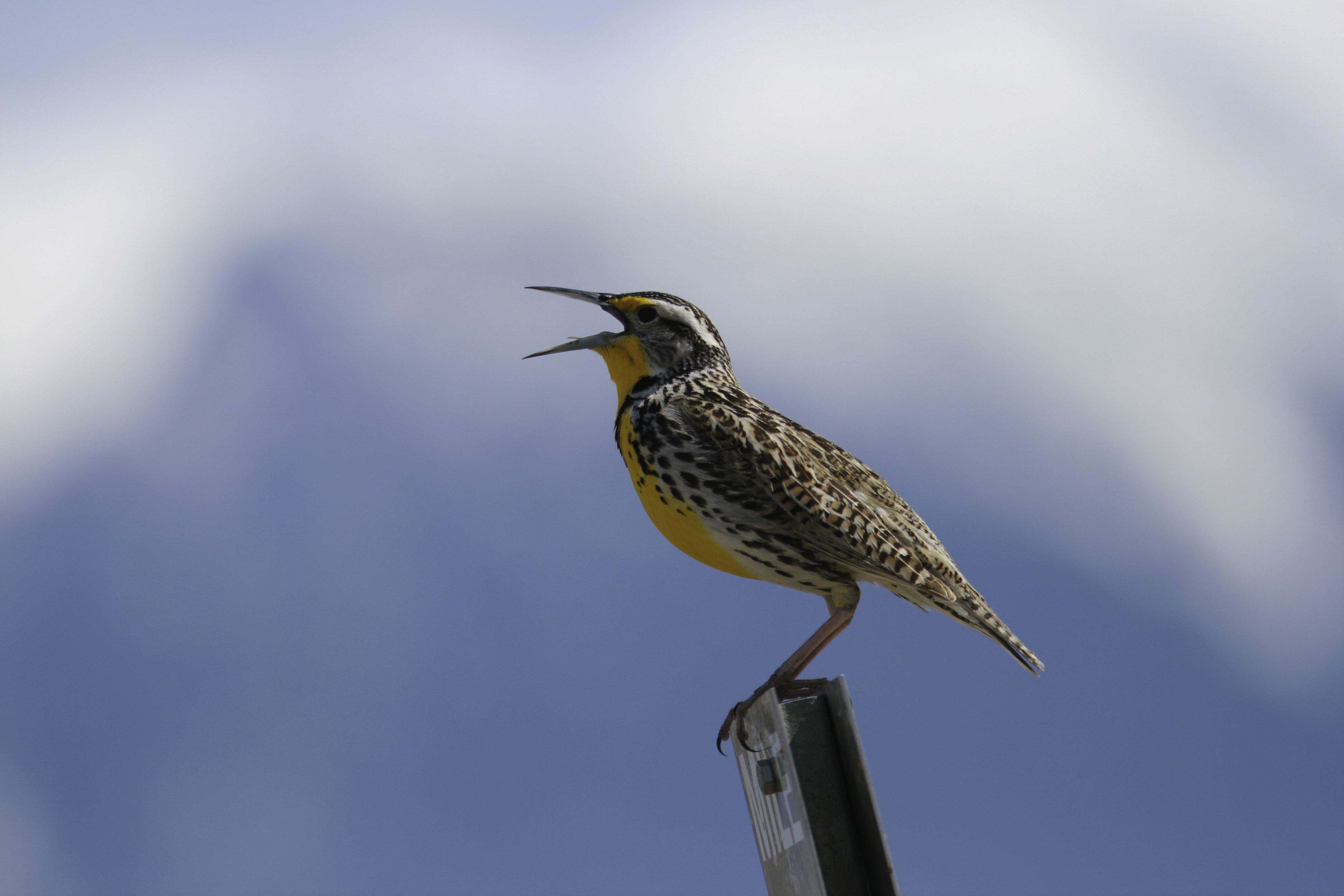
Montana’s state bird, the western meadowlark, can be seen in abundance at the Bison Range in the spring and summer. This medium-sized songbird with a striking yellow neck and chest nests and forages in tall grasses, so you’ll often hear its beautiful voice before seeing it. Luckily, you won’t have to wait long before it flies up to perch on a fence or a shrub to put on a concert for you.
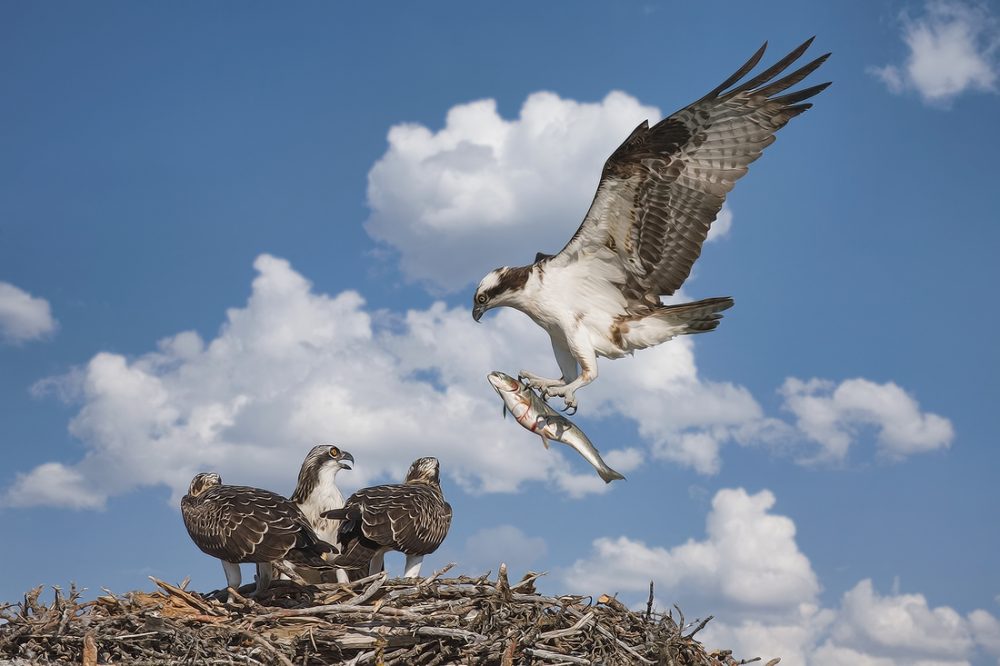
The osprey is one of Glacier Country’s most recognizable birds. Not only is the city of Missoula’s semi-pro baseball team named after this charismatic raptor, but the stadium includes a nesting platform where an osprey pair can be reliably seen from April through September. It’s a real treat to watch one fishing—osprey plunge feet first into the water to grab a fish, which they’ll hold facing forward and upright in their talons as they glide off to find a dining spot.
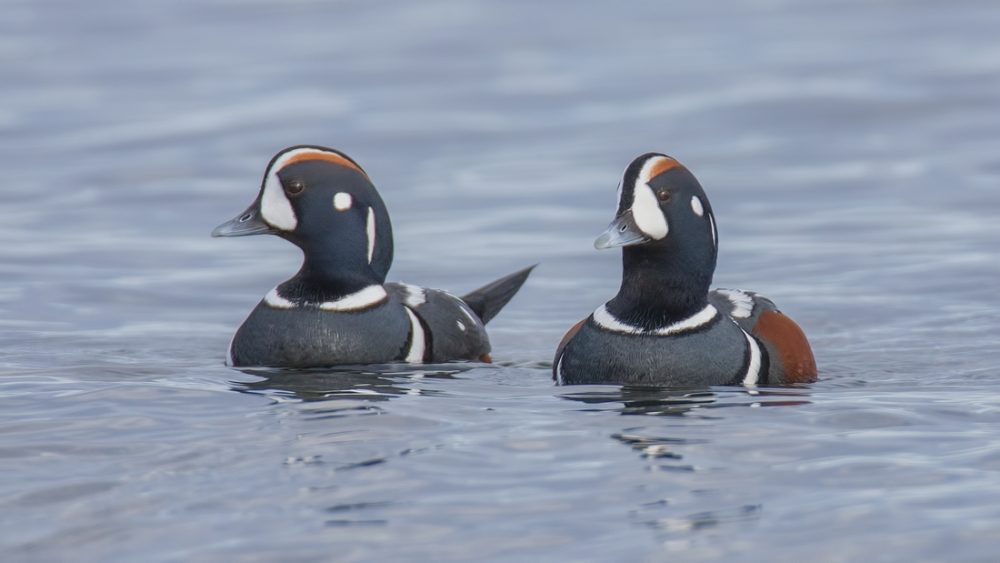
Glacier National Park claims the densest population of harlequin ducks in the state and is, therefore, one of the best places to find them. Still, one researcher claims it’s rarer to spot a harlequin than a grizzly. Harlequins are the only North American duck that breed and forage in clear, fast rivers and streams. Keep an eye out for these distinctively colored ducks during May and June at Upper McDonald Creek near the Going-to-the-Sun Road.
A variety of woodpeckers call Western Montana home for part of the year. Named after Corps of Discovery adventurer Meriwether Lewis, Lewis’s woodpeckers can be spotted in Council Grove State Park from roughly May through August. Look for dead trees, where the birds nest in cavities. Their greenish-black back and wings, salmon-colored bellies and red faces make them easy to identify.
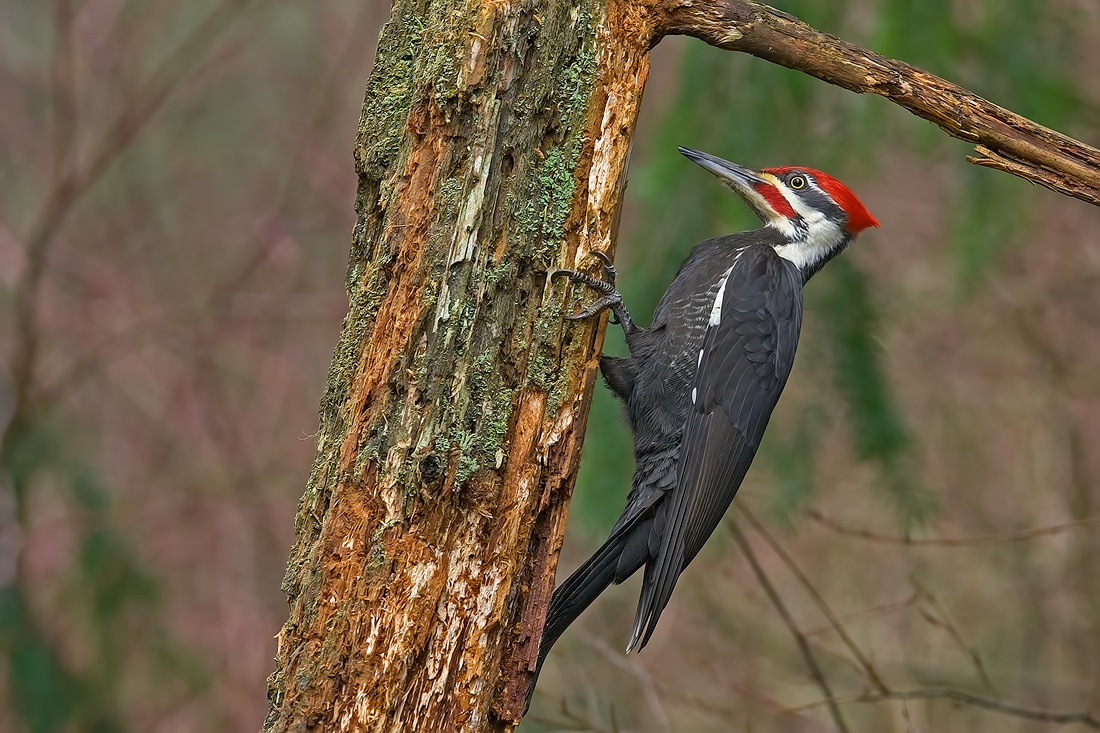
Over a foot long, with black bodies, white-striped faces and flaming red crests, pileated woodpeckers are always an exciting find. Their loud calls and drumming will help you locate these year-round residents in their forest habitat, like the cottonwood snags in the Owen Sowerwine Natural Area.
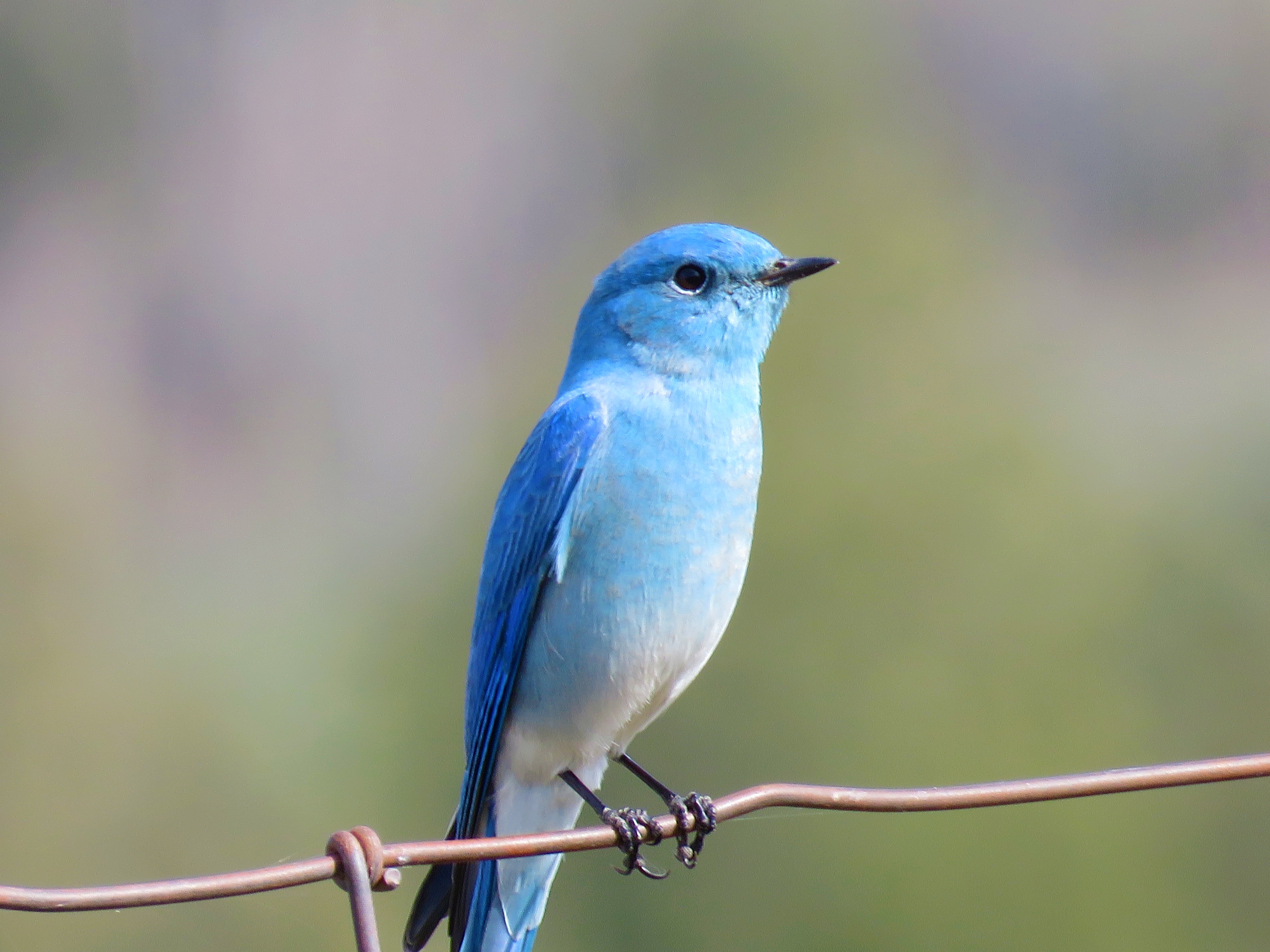
Glacier Country’s skies get even bluer when mountain bluebirds and western bluebirds arrive in the spring. The males of these two species of songbirds are easy to tell apart; mountain bluebirds are blue all over, while western bluebirds sport an orange chest. Western bluebirds prefer open woodlands like Blue Mountain in Missoula. Mountain bluebirds are prevalent at the Bison Range. Like western meadowlarks, both species flit between the ground and low perches.
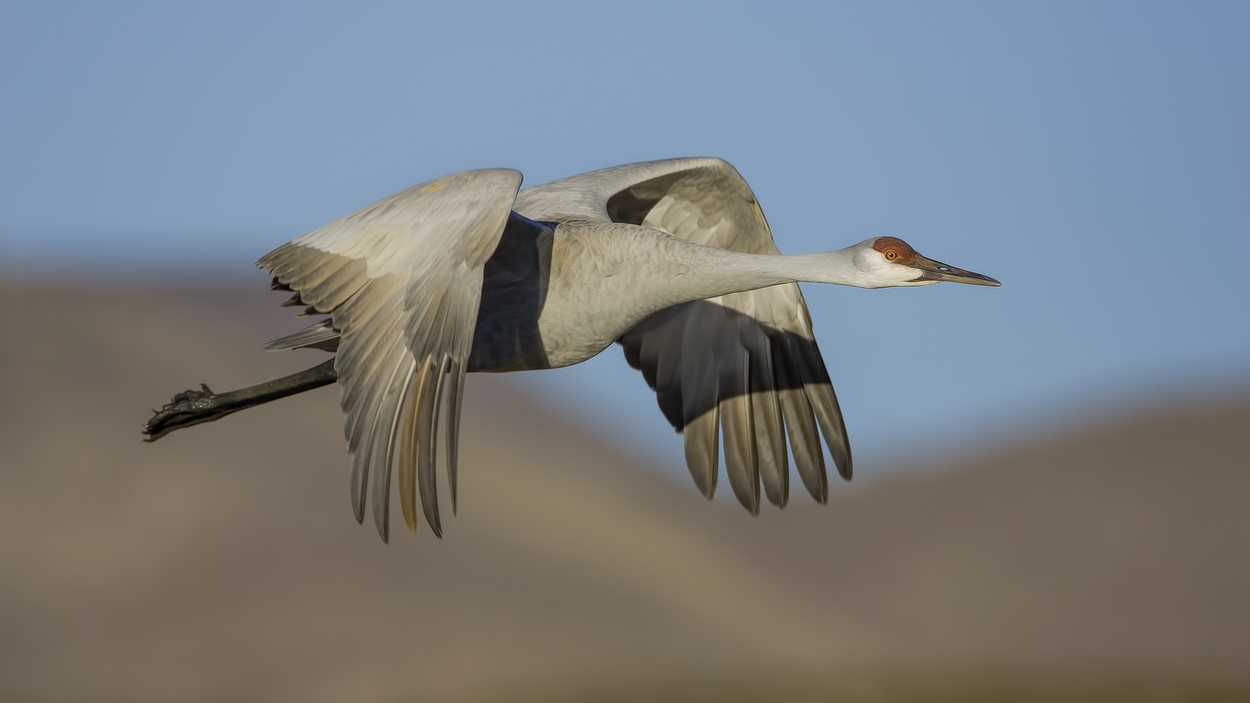
One of the largest birds you’ll see in Montana is the sandhill crane at 3.5 feet tall with a 6-foot wingspan. These elegant gray giants fly with neck and legs extended, looking like prehistoric pterodactyls come to life. From April to October, the long-legged cranes can be seen in open habitats like marshes and grasslands. The best place to spot them is during fall migration at the new viewing platform in West Valley near Kalispell.
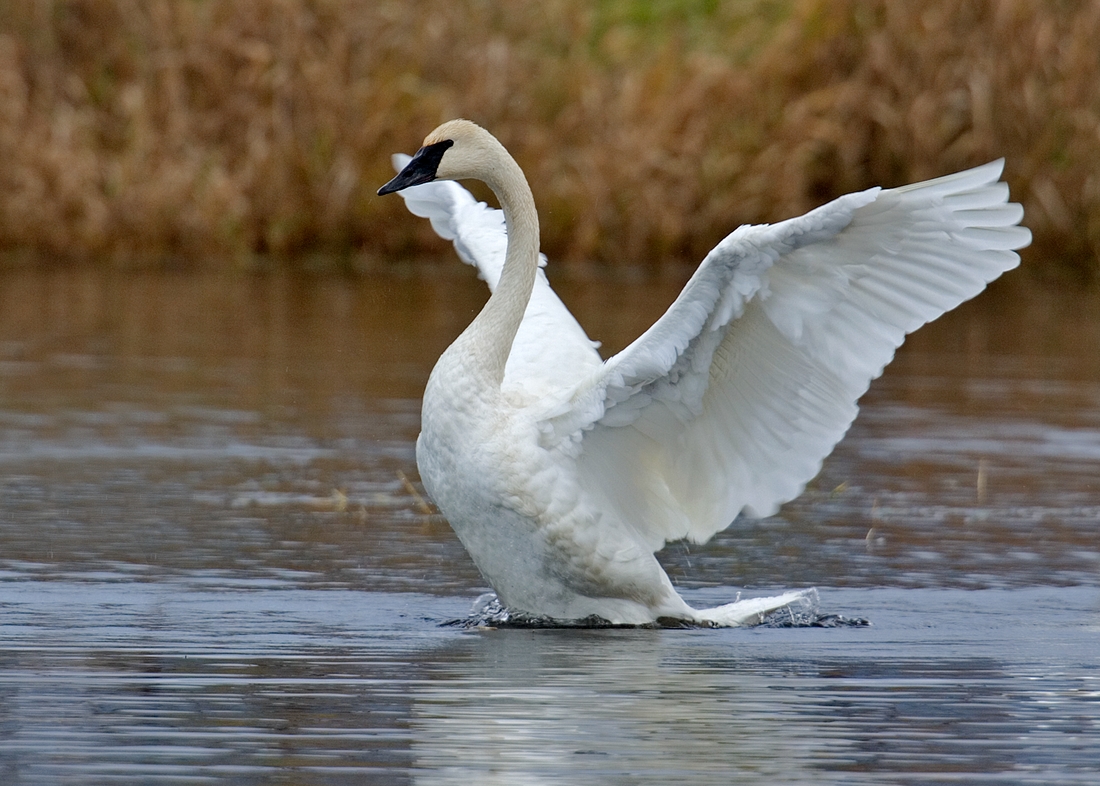
For a chance to see America’s largest waterfowl, the trumpeter swan, head to the Flathead Indian Reservation’s Pablo National Wildlife Refuge, where these impressive birds have been successfully reintroduced. Biologists for the Confederated Salish and Kootenai Tribes have been working for 20 years to establish a viable population, which now numbers roughly 200 swans.
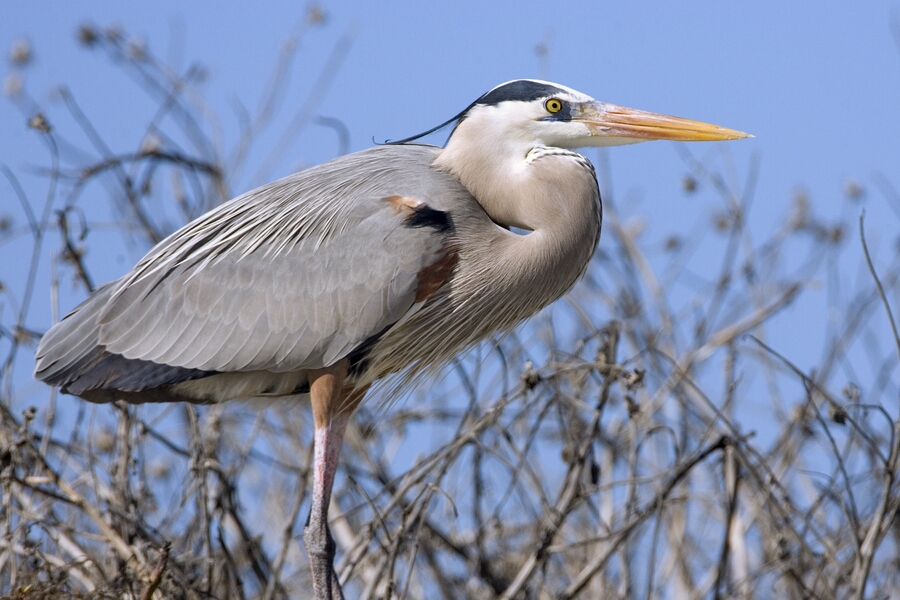
The majestic great blue heron can be found year-round almost anywhere there’s a river, lake or wetland. Birders can get relatively close to the nesting colonies at Lee Metcalf Wildlife Refuge. In the spring and summer, the conifers near the pond host several nests each, and visitors are treated to an abundance of heron activity.
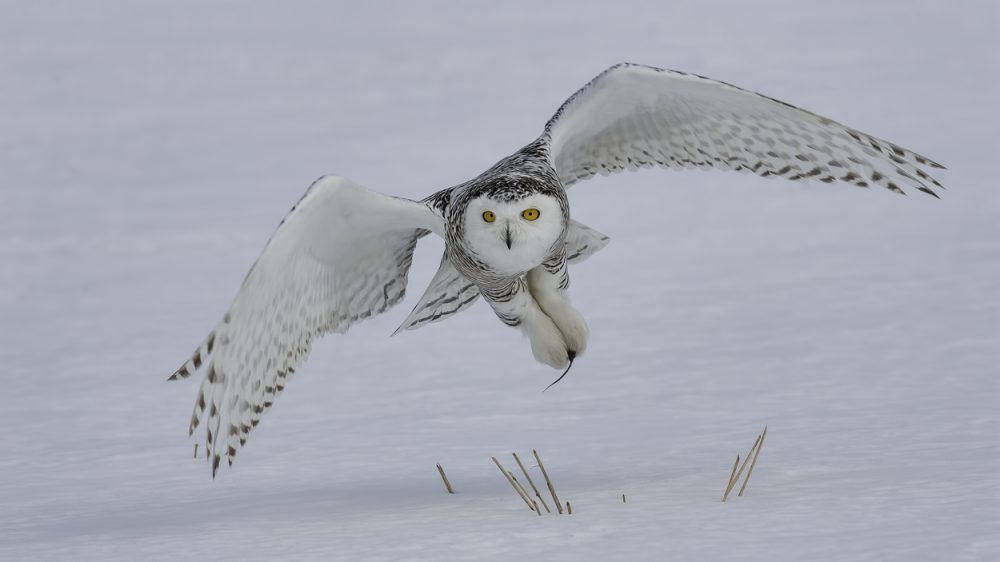
Western Montana is home to 15 owl species, and one of the foremost owl researchers in the world, Denver Holt. His Owl Research Institute, based out of Charlo, often leads workshops and field days, which are open to the public. Driving through the Flathead and Mission Valleys in the winter, you’ll want to keep your eyes peeled for snowy owls—they sometimes migrate down from the Arctic to feast on voles.
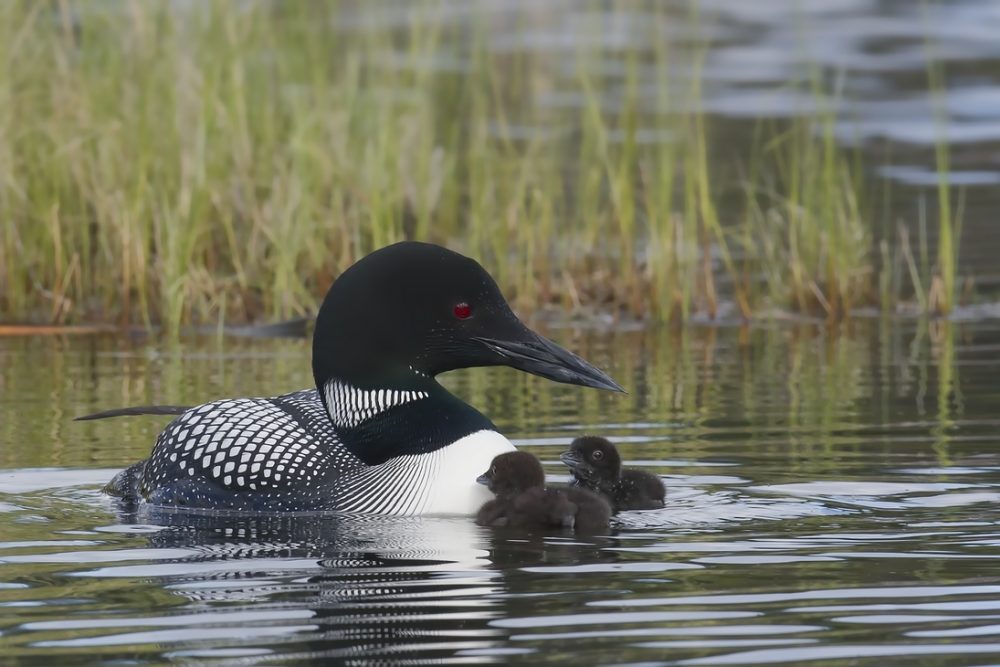
Glacier Country boasts the only common loon habitat in Montana. If you’re hoping to hear this black and white bird’s legendary call, visit Spencer Lake west of Whitefish from March through September. There are three distinctive vocalizations you might hear during the summer months: 1) a long, and some say eerie, cry, 2) a high-pitched fast call, and 3) the territorial yodel of the males.
For more information on birding in Western Montana, visit glaciermt.com/birding.
March 25, 2019
Related: Birding, Bison Range, Bitterroot Valley, Charlo, Flathead Corridor, Flathead Indian Reservation, Glacier National Park, Kalispell, Missoula, Moiese, Montana, Outdoor Fun, Pablo, Parks, Stevensville, Whitefish, Wildlife


Comments